
On 24th February 2016, 16 farmers from the villages of Sondlagondi and Jambhulpani villages located at the confluence of New Nagzira and Nagzira wildlife sanctuaries in Maharashtra were distributed 223 kilograms of rice. This was a compensation offered to them in exchange of crop lost due to wild animals raiding their farms. The unique initiative to support the cause of farmers in Maharashtra has been started by the Wildlife Trust of India (WTI) as a new approach to stopping angry farmers from retaliating and harming wild animals while also helping them cope with their losses.
Helping Rice Growers
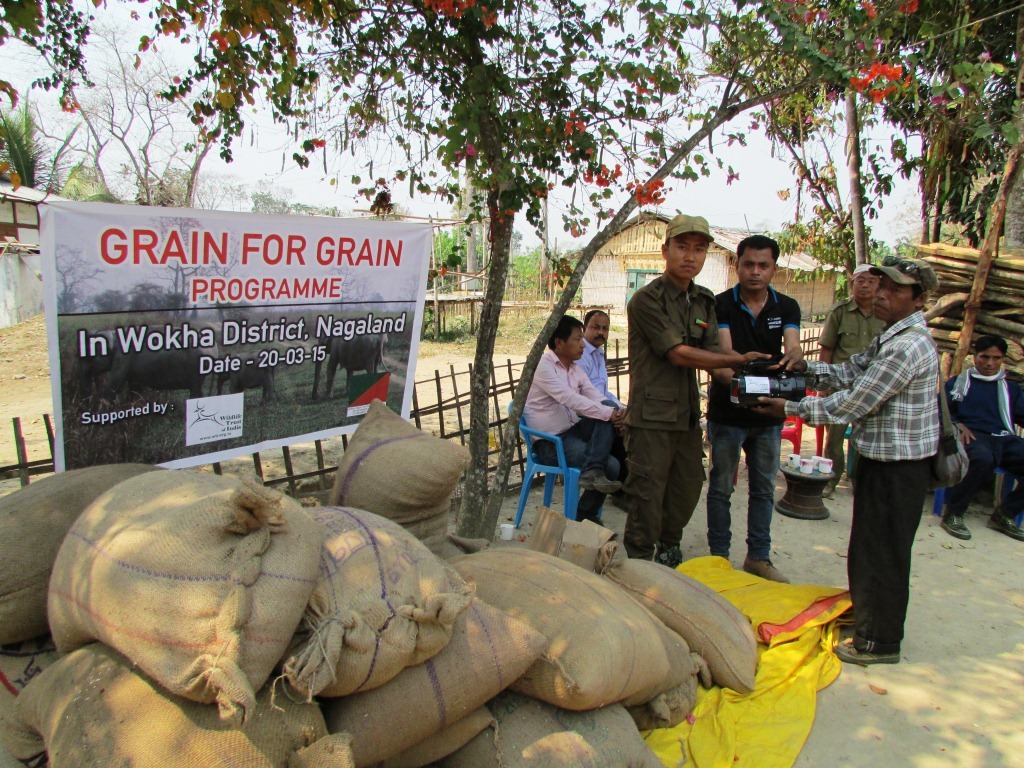
The programme ‘Grain for Grain’, a part of the WTI’s Central Indian Tiger Habitat Securement was launched in 2006 around periphery villages of the protected park.
The major rice – producing districts of Vidarbha area of Maharashtra are Gondia and Bhandara. In the proposed buffer zone of New Nagzira and Nagzira wildlife sanctuaries , there are around 150 villages where rice is the major crop grown. They are prone to crop damage by Nilgai, chitals and wild boars.
With the introduction of the programme, last year compensation paid by Gondia division was Rs 28 lakh and by Bhandara division was Rs. 67.25 lakh. WTI has created a corpus fund and the interest generated from the fund is being used for this scheme.
“To start with, our scheme is to reduce man-animal conflict in the buffer and hence ‘grain to grain’. There is resentment among villagers against wildlife, who even electrocute herbivores to save their crops. This has led to depletion of prey base,” says Prafulla Bhamburkar, central India in charge of WTI, a NGO working for wildlife conservation in the region.
This scheme presents a win-win situation for both conservationists and farmers alike as farmers find compensation by grains a better alternative to cash as it is hassle free. Animals too are saved from the angry retaliation of the farmers.
Happy Farmers
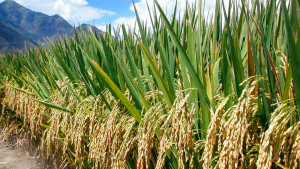
Most farmers agree that the compensation process from the forest department is cumbersome due to their No Objection Certificate (NOC) rule. Out of 120 families of both these villages, only three applied for government backed compensation this year because of the paper work involved.
“We brothers own seven acre land in Sondlagondi. Despite crop damage we are not able to claim compensation owing to loopholes in GR. As NOC of all farmland owners in a family is needed, it is difficult to get compensation. This initiative will benefit us,” says 42 year old farmer Yadavrao Bhore.
Seventy-year-old farmer Devaji Pisde said that government had made online filing of claims mandatory but failed to provide a base.
“We are not computer literate to file online claims. Moreover, we have to travel 14 kms to the nearest internet cafe. This is another reason why less claims are filed,” he added.
Another affected farmer Fulanbai Jindakure said her farmland had a potential to produce 50 bags of paddy but could only get 30 due to damage by wild animals.
“Being on the fringe of Nagzira, every farmer suffers over 40-50% crop damage,” she added. She was one of the few to get compensation from the forest department.
Anil Kumar, project lead (WTI), said a committee had been set-up to monitor and evaluate the cases.
“It consists of WTI personnel, forester, police patil and sarpanch. It will assess the claims for grain to grain for one cropping season,” he added.
This ‘Grain to Grain” initiative gives a positive way to tackle man-animal conflict keeping in mind the safety and interest of both people and wildlife. It is only through more such initiatives that India can ensure a future where humans and animals co-exist peacefully.
More Related Stories,
Tiger Living Outside Protected Areas in Maharashtra
Orphaned Bear Cubs Released Into The Wild In Assam
Experts Point to Plight Of Grassland Birds In India

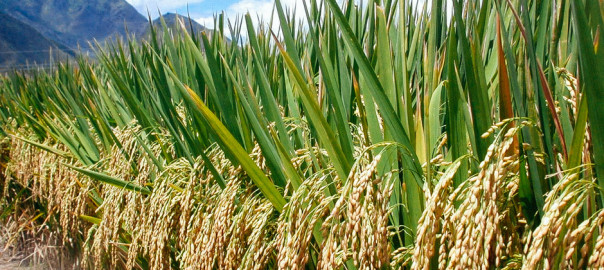
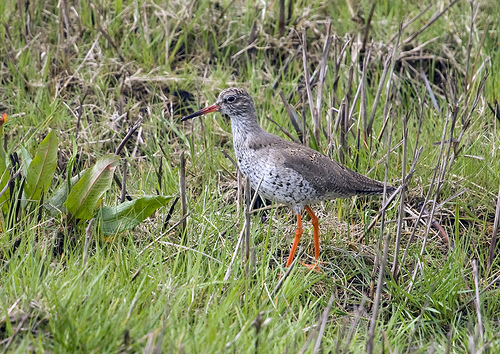
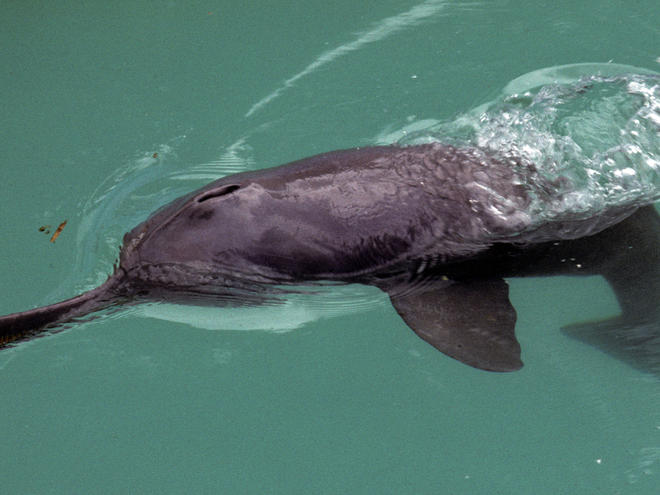
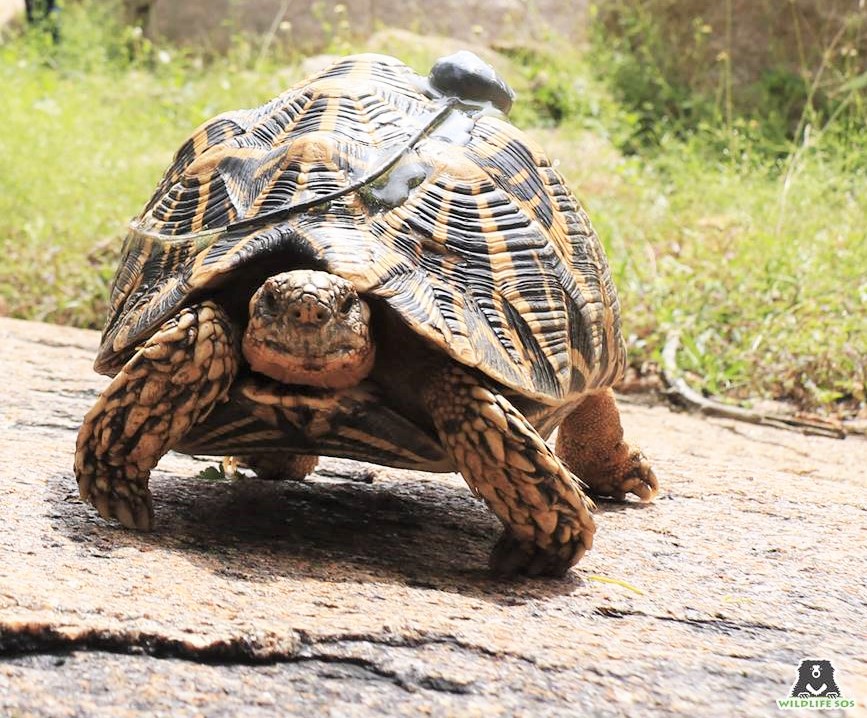

This is a great initiative and sounds so sensible too. It also brings home the fact that one can bring out a lot of schemes but to make them workable, one needs common sense and commitment.
You are absolutely right. It’s not really very difficult to think of ideas that work well for both people and wildlife. A good initiative can begin anywhere and done by anyone if there is the real intention to solve a critical situation peacefully.
Hello,
Myself Bijaya Kumar Dash of Dhenkanal District of Odisha and Hon. Wildlife Warden Of Dhenkanal forest Division working with Wildlife Trust of India (WTI) on the program “Ensuring Elephants Right of Passage” in Dhenkanal forest division. I’m interested of Grain for Grain Program, because some villagers have dropped their paddy cultivation because of continuous elephant raid. “Bachhurikbanka” is one such village I have just visited the village this morning and consoled them to back to their farm land pl. include me under this programme. The response Teams are being formed to meet the crisis.
Pl. co-operate with me in this matter.
regards,
Bijaya Kumar Dash
Mob.9937200845.
Thank you Mr. Dash for your comment, however, we have only reported regarding the program and we are not attached to the project nor associated with the organisation. We have forwarded your message to WTI though and hope that you can help the farmers very soon.